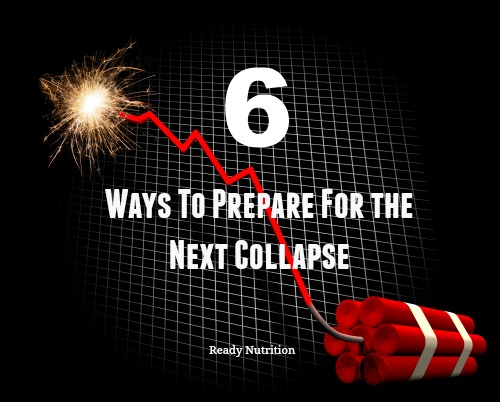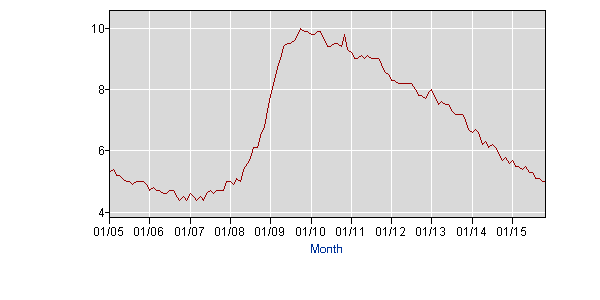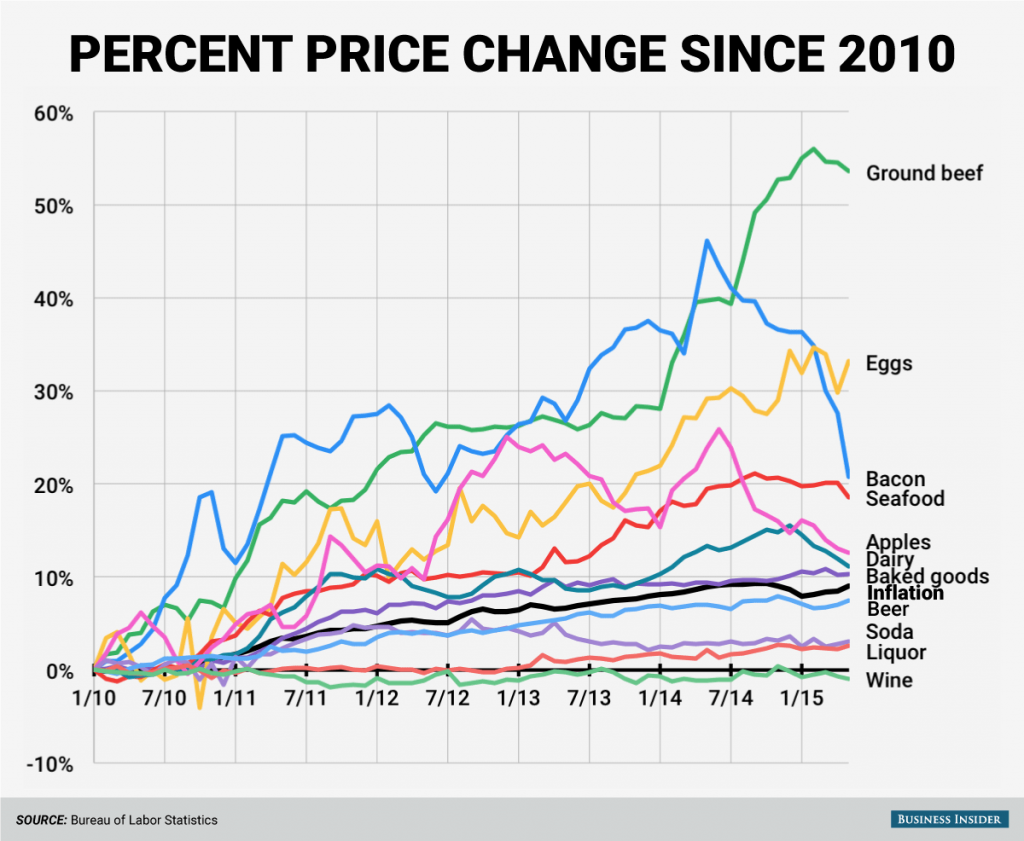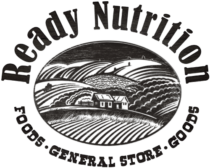
Speaking at an economic forum in Sri Lanka’s capital, Colombo, he told an audience that China is struggling to find a new growth model and its currency devaluation is transferring problems to the rest of the world, according to media. He added that a return to rising interest rates was proving difficult for the developing world.
The current environment reminded him of the “crisis we had in 2008,”The Sunday Times in Sri Lanka reported on Thursday morning. “China has a major adjustment problem,” he added, according to Bloomberg. “I would say it amounts to a crisis.”
The Reality is Stark and the Consequences are Clear
For years, Mac Slavo of SHTFPlan fervently warned his readers to stock up on physical assets and to prepare. His weekly economic posts proved of economic strife, but many believed he was all hype. It seems the day is finally here and we are looking at the possibility of this crisis being more unforgiving than its predecessor.
Mac states, “All you have to do is look around. The signs are everywhere. There is an industrial recession in China, lackluster holiday sales prove there is a consumer recession in the United States, real estate is stalled and is re-collapsing and stock markets around the world are set to buckle. If you’ve yet to prepare, the time is now because the whole thing is about to come unhinged.
What is about to occur is mirroring what happened in 2008. In fact, given the many national and world events that has plagued us in the past, it seems that this looming crisis on the horizon is the perfect storm for disaster.
Mac goes on to warn us. What to expect is to expect the unexpected because uncertainty is the name of the game. We don’t know how far markets will crash, what will happen with the U.S. dollar or what will happen with geopolitical tensions; and our way of life could change literally overnight. In the last 15 years, we’ve seen what systemic breakdown does in countries like Greece, Cyprus, Venezuela and Argentina.
The lessons learned are clear – you better have supplies on hand. In Venezuela, for example, they couldn’t even get toilet paper or condoms. In Greece, people were lining up in droves to get expired food that grocery stores were throwing away, and perhaps just as significantly, access to lifesaving medicine was lost when Greek credit markets were locked up.
The reality is stark and the consequences are clear – there will be panic, confusion and violence. Are you ready for that?
If You’ve Yet to Prepare, the Time is Now
Unlike the recession of 2008, this economic beast will not be held off. There will be extensive amounts of wealth lost leading to drastic cutbacks by consumers. Moreover, you can expect massive job loss. In 2008 and 2009, the U.S. labor market lost 8.4 million jobs, or 6.1% of all payroll employment. This was the most dramatic employment contraction (by far) of any recession since the Great Depression (Source).

As well, you can anticipate food prices to increase even more than they have over the last few years. In fact, the price for food has drastically risen since the last recession; and according to this chart, prices are set to steadily increase with this next crisis.

- Get prepared. At the very least, buy food, products, and supplies in bulk to help you prepare for price inflation. If you have the means to do so, invest in 30-60 days worth of supplies so that you have everything you need. Having these on hand will help you if times become more difficult. You can use this free online series to begin creating a personal step-by-step preparedness plan for your family; or, buy the best-selling book, The Prepper’s Blueprint to use as a reference in your preparations. As well, if you can manage, get out of debt, organize your finances and find ways to free up some of your income for an emergency fund to help you create a personal safety net.
- Preserve wealth. Choose hard assets (dry goods, precious metals, land, livestock, skills, etc.) for long-term investments so they will hold their intrinsic value over time. Holding these types of investments will insulate you from inflation and other economic issues. Further, tying your money up in assets will help you avoid the inflating prices of food sources in the future, thus furthering your cause of self-reliant living.
- Invest in food. One thing analysts and financial pundits agree on is that, in general, commodities will continue to rise. When others are buying foods at inflated prices, you will be consuming your investment when it was purchased at a lower price. Using a combination of shelf stable foods, you can create a well-rounded food supply to depend on when an emergency arises. Further, these foods last a lifetime and would make sound investments for future planning. Ideally, you want to store shelf-stable foods that your family normally consumes, as well as find foods that are multi-dynamic and serve many purposes. Dry goods like rice, wheat, beans, salt, honey, and dry milk will provide you with an investment that will grow in value as prices rise, and also offer you peace of mind in case the economy further degrades. This food storage calculator can show you how much food should you need to store. As well, read Emergency Items: What Will Disappear First for more ideas.
- Learn how to grow your own food. In a homestead environment, a person wants the land to work for them as much as possible. Invest in fruit trees, seeds, and garden supplies. If you really want these peak foods, find a way to grow them yourself. Further, if you live in a rural area, consider investing in trees and bushes that will lure wild game. The trees and bushes can provide you with added sustenance and help you stock meat in your freezer. Here is a how-to guide for creating a garden quickly.
- Raise your own food. Rather than paying hard-earned money at the store for eggs, poultry and dairy—raise them yourself. Chickens are very easy to care for and can provide you with meat and eggs throughout the year. Additionally, you can find substitutions for these peak foods with a little research and ingenuity. For example, rabbits would be a suitable protein replacement and can even be raised in more urban areas. Similar to chickens, they don’t require much care and with some effort can be fed from the homestead’s garden or you can grow fodder. They are also great breeders and will provide you with ample amounts of meat. These are the 10 best meat rabbit breeds. As well, for the modest price of purchasing a fishing license, you can stock your freezer with fresh-caught fish.
- It all adds up. Again, do what you can to pay off debts ahead of time and work to restructure your outgoing funds to lower your expenses as much as possible. Debt only enslaves you further, and finding ways to detach from the system will break those shackles. As well, look into finding additional income streams. The more income you can set aside, the better off you will be. That way, if your main income dries up, you have a fall back income and won’t have to go into default.
We Have a Choice
This economic crisis is projected to hit much harder than the 2008 recession and will last longer. The truth of the matter is that we stand at the brink of a precipice and the choice is yours to make: you can ignore the tell-tale signs or get ready and brace yourselves for it. It’s time to get ready because it’s about to get real.

Hello end-of-the-world nutbags. We are going to take your guns away and rape your daughters with black people’s penises. Your grandchildren will eat you.
Educate yourself. Notice the stock market over the past few months?
You won`t be taking anything away
I’ve heard or read about the same crap since the early 80’s. Most people who loaned me books about collapse then are dead and their preps were tossed or donated. I am now retired and after the y2k farce, and wasted money spent, many are not doing a damn thing except for several weeks prep for weather issues. Most of us do not have the space for extensive prepping anyway, and live in cities.
Sucks to be you. Keep that “it can’t happen here” dream alive. I’d rather die naturally and have the food go to waste or be donated than have to go deal with angry desperate mobs that will make “black friday” look like a cake walk. All “fiat” currencies come to an end at some point. Other major countries are not only buying gold like crazy, they are making arrangements to trade in their own currencies and dump the US dollar. China has just received the ability to be a world reserve currency and is dumping US treasury notes. Not a good sign.
What people get wrong is they don’t understand that it is all engineered to go down a certain way. The boom-bust cycle is mostly about shearing the sheep time after time; things are not as out of control as much as they seem to those who know something is horribly wrong, but, as they say, something that cannot go on forever, won’t, will it?
I agree, Americans need to get used to living the lifestyle of the typical Mexican peasant.
I already have. I have a little money saved, a home paid off, preps and still live/spend money like a 3rd world peasant. Shop exclusively at dollar stores and never eat out.
You just wanted to say “penis”. But here’s the deal: the rioters are just one of the tactics being employed to continue what has been simmering for quite some time. Have you not ever had the conversation or thought, the Fed can’t raise rates because how will the U.S. pay their debt service? Most people couldn’t come up with $400 for an emergency? Why are tax monies being flagrantly abused and spent indiscriminately? Who hasn’t heard of the exorbitant prices being paid when there is a third party payer e.g. the taxpayer money or insurance company. So, let’s establish that the petro dollar and the key holder, “the Fed” are a problem and potentially unsustainable.
Next up, let’s look at all those in positions of “power” and “leadership” who have a vested interest in mismanagement, keeping the public ignorant and playing upon our tendency to be charitable (and busy living our lives). They are pretty upset that the current President is upsetting their applecart and exposing them, they are throwing everything they can think of at him and at us, in order to preserve the status quo.
Now let’s look at ways to control the people, how about food? Have you seen the reports from Australia? They apparently are running out of rice and the police made an appearance at a farmer’s market recently (freaking people out) . Even States in the U.S. are stocking up, (you can find these truths by researching). There have been droughts, fires and the government shutting down farms and meat processing plants. Apparently, Germany has stopped harvesting crops in an over-reach (reaction) to an African swine fever outbreak resulting in culling of pigs – they have banned hunting, agriculture, foresting. This pig disease spread across China last year. There are issues all over the world on top of regular disasters.
What do you think of all of the fires? There is a suspicion (and proof) that many are a result of arson. These things are truth. These things can and will impact the food supply. The supply chain has also been impacted (rioters attacking truckers and/or truckers refusing to pass where they are, concerns about the virus).
Then there is corn which apparently is not safe to be around since a number of incidents have occurred that destroyed not only the crops but the stores of corn (interesting).
There is so much more. These are attacks on Food production and distribution essentially which is a great way to control people. It is possible that we will have a leader who mitigates all of this and perhaps can stop it finally but regardless there will be a transitional period and it is smart to prepare to avoid discomfort. If the “powers that be” regain control and undo the progress that has been made while adding additional burdens, it again is best to be prepared for that potential which is a harbinger of further declines until we figure out if we are going to succumb or stand up.
Your comment is foolish because you are pretending (maybe you believe) that the problem is what MSM is telling you – systemic racism. This has nothing to do with race, it is a ploy to undermine the U.S. from within. Better think about that since the subjugation of the populace plan has escalated as a result of the fear that they will be exposed soon. Even the U.N. has warned there are “biblical famines” on the way. (Albeit fabricated by those in power). AND yes, the pandemic has been extremely useful.
“Therefore let us not sleep as others do but watch and be sober”. and be prepared. Hope for the best, plan for the worst.
Kay.. I definitely agree with you. Fires are doing more harm than just hurting trees.. Riots are doing more harm than just trying to get So I’ll Justice. Powerful people orchestrate many things in this world that control people.
I would encourage people to position themselves for food shortages,
Rioters coming to areas you would never expect, devaluation of the dollar. Even War. Ever generation has their burdens. I’m think ours is coming. Make plans for your family’s needs and Pray.